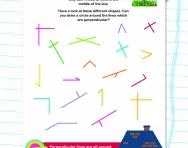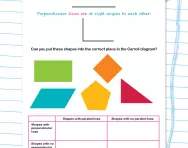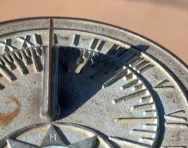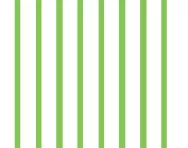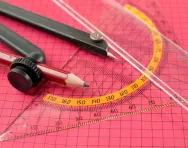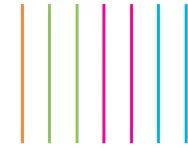Important update from TheSchoolRun
For the past 13 years, TheSchoolRun has been run by a small team of mums working from home, dedicated to providing quality educational resources to primary school parents. Unfortunately, rising supplier costs and falling revenue have made it impossible for us to continue operating, and we’ve had to make the difficult decision to close. The good news: We’ve arranged for another educational provider to take over many of our resources. These will be hosted on a new portal, where the content will be updated and expanded to support your child’s learning.
What this means for subscribers:
- Your subscription is still active, and for now, you can keep using the website as normal — just log in with your usual details to access all our articles and resources*.
- In a few months, all resources will move to the new portal. You’ll continue to have access there until your subscription ends. We’ll send you full details nearer the time.
- As a thank you for your support, we’ll also be sending you 16 primary school eBooks (worth £108.84) to download and keep.
A few changes to be aware of:
- The Learning Journey weekly email has ended, but your child’s plan will still be updated on your dashboard each Monday. Just log in to see the recommended worksheets.
- The 11+ weekly emails have now ended. We sent you all the remaining emails in the series at the end of March — please check your inbox (and spam folder) if you haven’t seen them. You can also follow the full programme here: 11+ Learning Journey.
If you have any questions, please contact us at [email protected]. Thank you for being part of our journey it’s been a privilege to support your family’s learning.
*If you need to reset your password, it will still work as usual. Please check your spam folder if the reset email doesn’t appear in your inbox.
What is perpendicular?
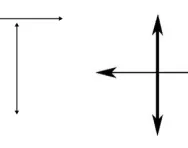
What is perpendicular?
When two lines are perpendicular, they are at right angles to each other.
All of these diagrams show pairs of lines that are perpendicular to each other.

Learning about right angles and perpendicular lines in primary school
Children learn about quarter, half and full turns in Key Stage 1, where they are usually encouraged to stand up and make turns to face objects in the classroom to give them an idea of what a quarter, half and full turn are.
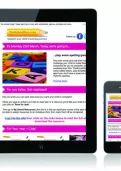
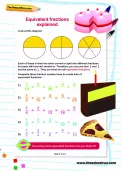
Boost your child's maths & English skills!
- Follow a weekly programme
- Maths & English resources
- Keeps your child's learning on track
In Year 3, children need to be aware that a straight line is made up of two right angles and that a quarter turn is a right angle. They will be asked to identify these in 2D shapes. At this point, they will also learn that two lines at right angles to each other are called perpendicular lines.
Identifying perpendicular lines in shapes
Example geometry questions a Key Stage 2 child might come across are:
Tick the two shapes that have perpendicular lines:

In this case, they would need to tick the second and fourth shapes, as these have perpendicular lines (lines at right angles to each other).
Add two lines to this drawing to make a shape that has perpendicular lines:
Tick the shape that has a pair of perpendicular lines and an acute angle:

(They would need to tick the second shape.)
It is vital that children understand the concept of right angles to understand what perpendicular lines are.
It can take a while for children to get the hang of angles and getting them to stand up and make quarter, half and full turns can be a useful activity to keep repeating throughout their time in primary school, so that they are aware that a quarter turn is 90˚, a half turn is 180˚ and a full turn is 360˚.
In Year 3, when children first start learning about right angles, they are sometimes given a small, square piece of card, so that they can use the right-angled corner of this card to check whether a shape has a right angle or not. This can be a useful tool all the way through primary school!

